Click on photo to start video.
This hologram display for stores is a real showstopper.

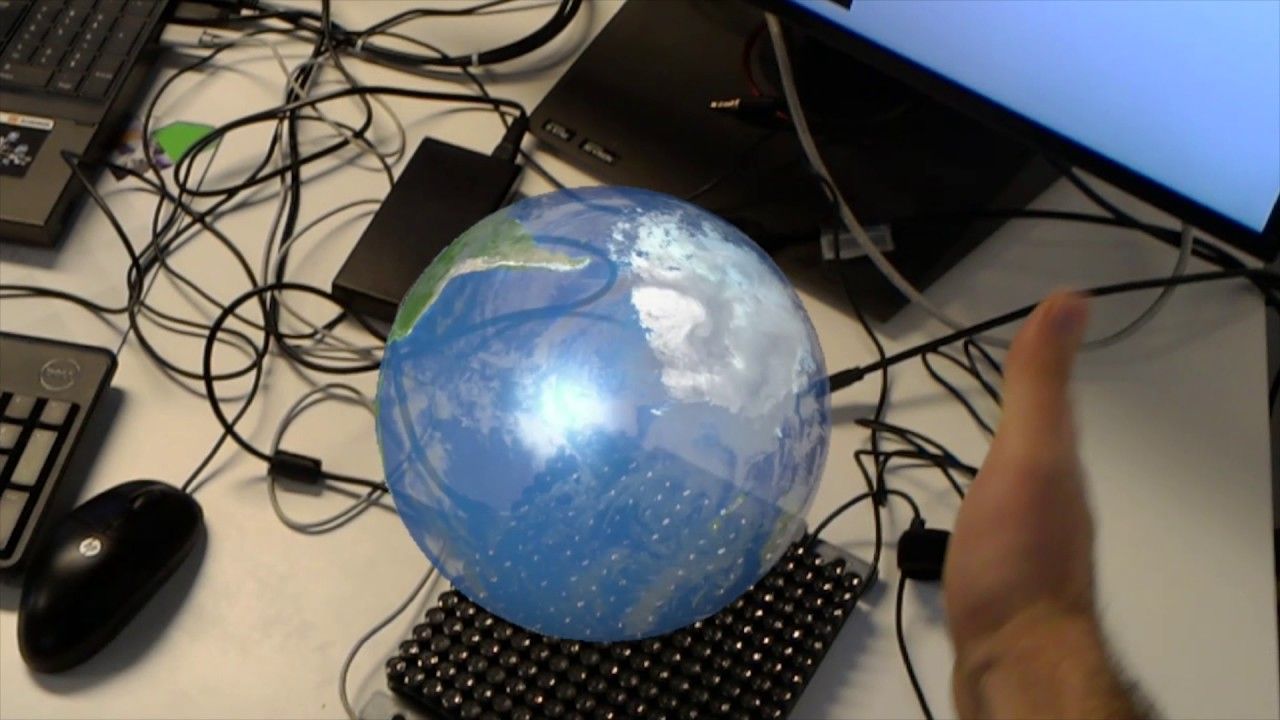
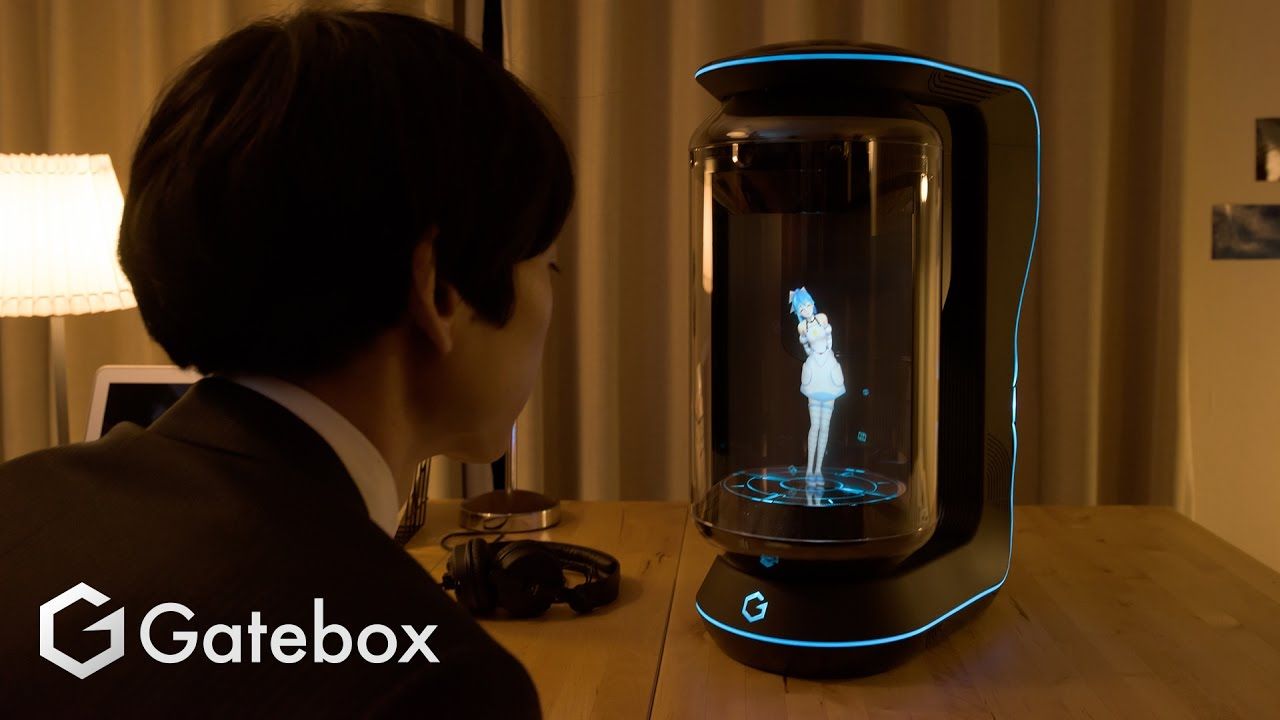
According to her profile, “She is a comforting character that is great to those living alone. She will always do all she can just for the owner.” How thoughtful and sweet. Except she comes with a $2,600 price tag (and her US version will be sold for $3,000). So, caring for her “owner” is the least she can do, right?
The hologram bot is based on a Japanese anime character, but she isn’t going to be the only character for Gatebox. From the looks of the website, the company is going to make other characters available, presumably also from anime.
Azuma’s hologram appears inside the main tube body of Gatebox, projected at a 1280 x 720 resolution. The hardware itself weighs 5kg, has stereo speakers, a microphone, and a camera mounted on top. Azuma is built with a machine learning algorithm, that helps her recognize her “master’s” voice, learn his sleeping habits, and send him messages through Gatebox’s native chat app.
Perhaps Azuma will work for some, but she might not cut it for others — going home to a cartoonish AI hologram could take some getting used to. Anyway, Gatebox is certainly trying to disrupt the virtual assistant space. However, we still seem to be far from that holographic projection that we’re really be looking for.

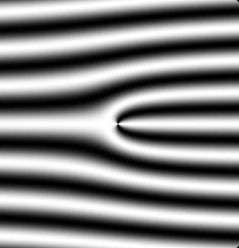
For the first time, a team including scientists from the National Institute of Standards and Technology (NIST) have used neutron beams to create holograms of large solid objects, revealing details about their interiors in ways that ordinary laser light-based visual holograms cannot.
Holograms—flat images that change depending on the viewer’s perspective, giving the sense that they are three-dimensional objects—owe their striking capability to what’s called an interference pattern. All matter, such as neutrons and photons of light, has the ability to act like rippling waves with peaks and valleys. Like a water wave hitting a gap between the two rocks, a wave can split up and then re-combine to create information-rich interference patterns (link is external).
An optical hologram is made by shining a laser at an object. Instead of merely photographing the light reflected from the object, a hologram is formed by recording how the reflected laser light waves interfere with each other. The resulting patterns, based on the waves’ phase differences (link is external), or relative positions of their peaks and valleys, contain far more information about an object’s appearance than a simple photo does, though they don’t generally tell us much about its hidden interior.
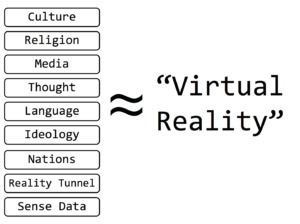
Human civilization has always been a virtual reality. At the onset of culture, which was propagated through the proto-media of cave painting, the talking drum, music, fetish art making, oral tradition and the like, Homo sapiens began a march into cultural virtual realities, a march that would span the entirety of the human enterprise. We don’t often think of cultures as virtual realities, but there is no more apt descriptor for our widely diverse sociological organizations and interpretations than the metaphor of the “virtual reality.” Indeed, the virtual reality metaphor encompasses the complete human project.
Virtual Reality researchers, Jim Blascovich and Jeremy Bailenson, write in their book Infinite Reality; “[Cave art] is likely the first animation technology”, where it provided an early means of what they refer to as “virtual travel”. You are in the cave, but the media in that cave, the dynamic-drawn, fire-illuminated art, represents the plains and animals outside—a completely different environment, one facing entirely the opposite direction, beyond the mouth of the cave. When surrounded by cave art, alive with movement from flickering torches, you are at once inside the cave itself whilst the media experience surrounding you encourages you to indulge in fantasy, and to mentally simulate an entirely different environment. Blascovich and Bailenson suggest that in terms of the evolution of media technology, this was the very first immersive VR. Both the room and helmet-sized VRs used in the present day are but a sophistication of this original form of media VR tech.
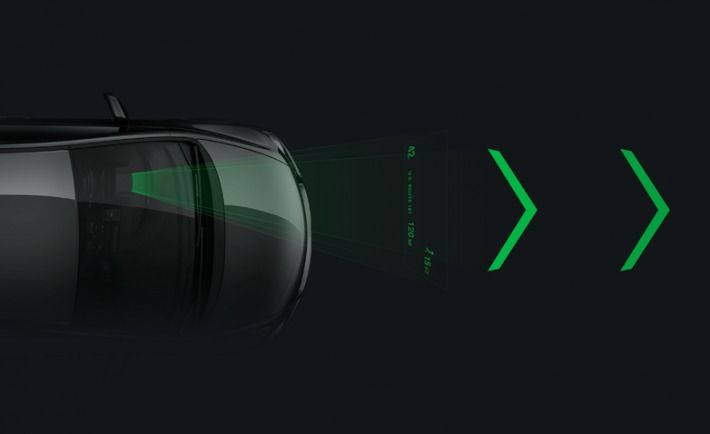
There are plenty of ways to get directions in the car, but most have one big shortcoming. Whether you’re using a standalone GPS, in-car navi system, smartphone, the Apple Watch, or even a paper map, you have to look away from the road (you know, that thing you’re supposed to be paying attention to when driving) in order to see where you’re supposed to be going.
So how to keep your eyes on the road and not get lost? One option is the heads-up display. Increasingly common on high-end cars, these devices project things like navigation directions and current speed onto the windshield, so the driver has important information right in their field of vision. Read more